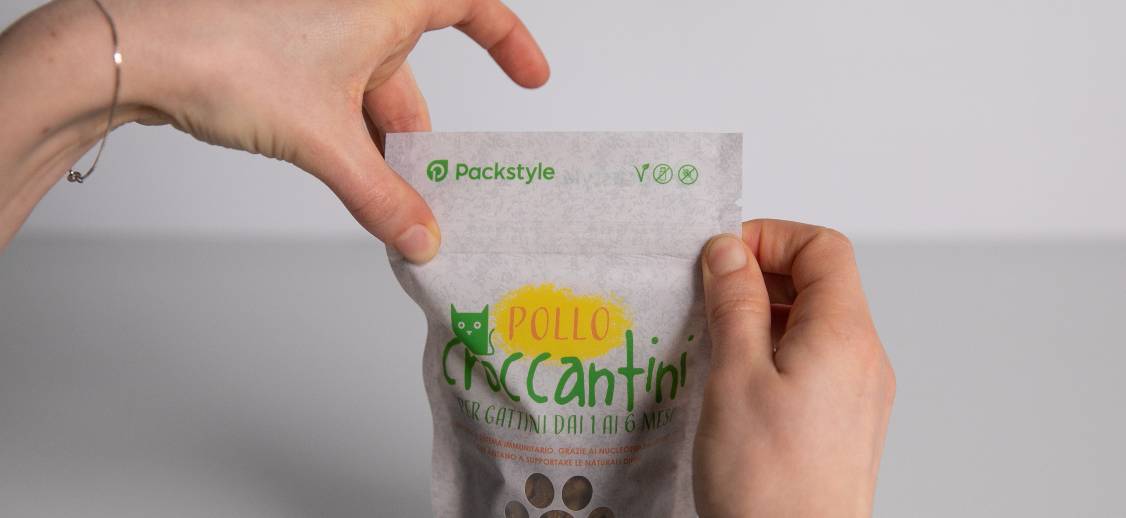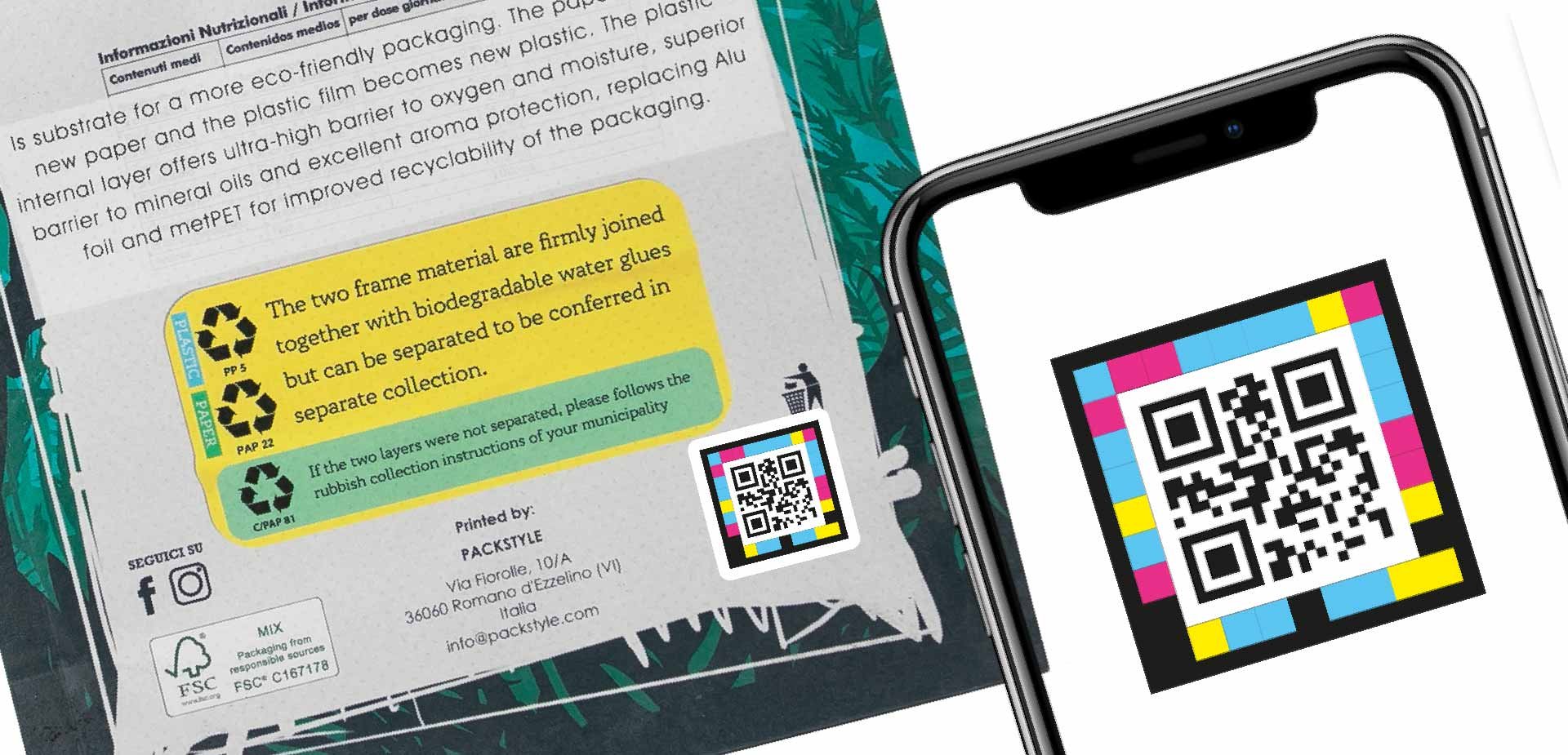What is accessibility?
Accessibility is a characteristic and, at the same time, an aim of products, environments, services and technologies that are studied and designed to be usable by people with different abilities and physical/perceptive features. This, most often, means the elimination of barriers that may limit the participation and full access of individuals with disabilities to the proper use of a product.
In recent years, accessibility has gained more and more centrality in product development, especially in innovative contexts, such as the digital context involving the development of websites, applications and technologies that can be used by people with disabilities.
More "classic" examples, on the other hand, concern architecture and construction, areas in which, for many years now, standards have guaranteed the right to accessibility: the design and construction of buildings, public spaces and transport is, more and more, designed to be accessible to people with reduced mobility, visual or hearing disabilities.
- The growing interest and centrality of this topic have also quickly involved the world of consumer goods: household appliances, electronic devices, vehicles and public services are also being offered from an increasingly inclusive perspective in order to guarantee equal opportunities, regardless of the users' abilities or disabilities.
Not only the products, but also their containers have been given fundamental responsibilities in achieving the goal of accessibility.
What features does accessible packaging have?
The fourth value of the Ethical Packaging Charter in fact reminds us that ''packaging that is able to present itself in an 'easy' way to the user is accessible''.
“Easy” packaging involves well thought-out design:
- it must ensure flexible use, including both left- and right-handed people
- it must also communicate effectively to weaker persons and regardless of the users' sensory abilities
- it must guarantee readability through graphics and text, and the organisation of space and layout must ensure that information is easy to find, expressed through an inclusive vocabulary that is easy to understand.
Once again we discover that behind simple packaging there are important aspects that can make a difference. Choosing packaging is therefore a delicate step if you want your packaging to be ethical and reach as many consumers as possible.
How to make packaging accessible?
For a package, a product, to be accessible, the consumer must be able to intuitively understand the access system through sight and touch, and be able to perform the actions necessary to access the product, through the packaging.
Accessories
The method of access (opening, closing, etc.) can be suggested to the consumer in different ways: indication with a red tab, the words 'open here', an arrow, a sequence of instructions depicted graphically, or it can simply be intuitive for a cap. It is important that access to the product occurs without cognitive or structural barriers, quickly, easily and immediately.
Packstyle pouches are equipped with accessories that allow easy opening. Accessories can be included in the design that allow for multi-time use of the product inside, a useful feature especially when it comes to storing food. The re-sealable zip and the dispensing spout are two accessories that allow product preservation and are easy to use. In addition, the possibility of customising the graphics of the packaging allows you to better explain the opening, if you wish, by including explanatory text or images.
In some cases, the hole on the flexible packaging pouches also makes the product easier to grasp and thus accessible. If we think of permanent or temporary walking difficulties, picking up a pack that is placed in a display case is easier, in some cases, than packs resting on shelves.
Graphics and text
Graphics play an important role when it comes to accessibility. Low print quality and wrong choices regarding colours and fonts, or font size, can be problematic for some consumers. To avoid this, it is always best to choose a background that creates contrast with the text, which must be written in a font suitable to be read on a package of a given size. Also important for proper understanding is the use of universal symbols, readable text and contrasting colours that make access to information easy and accessible. Along with the universally understood and recognised symbols, the translation of certain information, such as the list of ingredients, if it is a food product, also widens the accessibility of the item.
The introduction of QR codes can also improve the consumer experience. For the visually impaired, for example, large QR codes with a strong colour contrast have been devised which, when framed with the camera, lead to an audio file telling about the characteristics of the product inside. In other cases, the QR code is even tactile, i.e. it is an embossed code that, when scanned, plays an audio message with a description of the product, a list of ingredients, if any, and instructions for use.
The finish of the packaging also has a strong communicative power. For example, there are companies whose products are aimed at a category of very young consumers and in order to make their packaging accessible to visually impaired or autistic children, they have chosen to offer a tactile experience, choosing materials that look like fleece, faux fur or satin and velvet so that the product is easily recognisable.
Packstyle makes the entire surface of the pouch customisable and, thanks to the tutorials on the blog, provides tips on how to create accessible packaging. How to set up the file to print Packstyle pouches [graphic tutorial] Packstyle also gives customers the opportunity to download the official logos on the recyclability of the packaging, so that they are printed clearly and in accordance with the law. It is also possible to affix your own QR code on Packstyle packaging, giving your customers extra information about the product in text, audio or video form.
Packstyle pouches are customisable in terms of finish: glossy, matt and even a 'soft touch' version that feels like touching a velvet fabric are available..
If, however, there are doubts about the rendering of the graphics on the pouch, Packstyle comes to the aid of its customers. It is always possible with Packstyle to print a micro-quantity of packaging, in fact the minimum order is 50 pieces and, by choosing the fast delivery service, you can immediately have feedback on your design. The other alternative proposed by Packstyle for those who doubt their design is the "Style my pack" service. If you choose to rely on this service, Packstyle makes its graphic designers available to create graphics from scratch or change an existing one.
The technical expertise of Packstyle's staff will find the most appropriate solution for those who rely on this service, both in the creation stage, which is done through the indications provided by the customer, and in the editing, updating or improvement stage.
In order for packaging to be accessible, it is important to consider the entire design process so that it can include the widest possible range of users, including older people, people with disabilities, and people with temporary reduced mobility. Accessible packaging therefore also becomes a more attractive packaging because it enhances the positive experience with the product.



